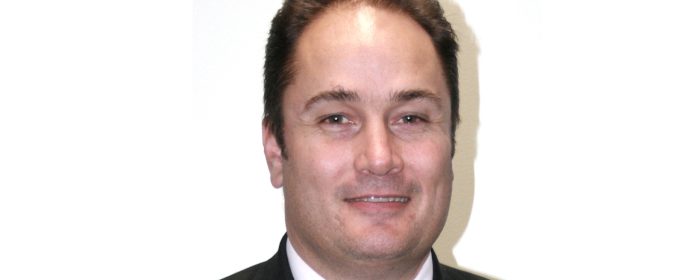Adopting a patient-centric approach to care, even beyond ICT

Operating more than 60 laboratories with around 200 pathology collection services in NSW public hospitals and community health facilities, NSW Health Pathology employs over 4,000 staff and conducts more than 61 million tests a year. As one of Australia’s largest public pathology providers, NSW Health Pathology requires a massive clinical and non-clinical IT infrastructure in order to carry out its operations.
In an email interview with HealthcareIT News, James Patterson, CIO of NSW Health Pathology talks about their recent Point of Care Testing (PoCT) project and shared some of his thoughts on his role/work as a CIO.
Q. Could you tell us more about your role as CIO at NSW Health Pathology?
A. NSW Health Pathology is an agency within NSW Health and we are also Australia’s largest public pathology providers. As CIO I am responsible for both clinical and non-clinical systems we use.
Pathology is a very automated business – NSW Health Pathology generated more than 285 million test results from our laboratories in 2018-19 – and so is a large ICT user within the Health landscape.
Q. NSW Health Pathology recently partnered with eHealth NSW and Microsoft on a first-of-its-kind point of care testing, which allows patients to be tested almost anywhere, with their results available to clinicians in real time. Could you tell us more about the origins and development of this project?
A. NSW Health Pathology has built up the largest managed PoCT networks that we know of. At present these devices are deployed within hospitals around NSW.
The PoCT model allows rapid testing to be carried out right next to the patient, and so our customers have asked us to provide the service in a variety new settings, including non-hospital settings.
Our solution was to work with partners Microsoft, Siemens, Intel and Dius to develop a Cloud/IoT solution to allow PoCT to be carried out almost anywhere – but still have the results securely transmitted to our core clinical systems.
Our partnership with eHealth NSW has led to us developing the capability to connect other near-patient medical devices via our Cloud/IoT platform, starting with a vital signs device. This allows us to rapidly acquire data directly from devices without transcription. Blending this data with the PoCT pathology data allows us to add further value by running algorithms within the cloud. In collaboration with eHealth NSW, we have built a demonstration algorithm using the NSW Clinical Excellence Commission’s rules for detection of Sepsis.
Q. Dr. John Halamka, a long-time former Beth Israel Deaconess Medical CIO in the US, said, “The modern CIO procures services, often from cloud providers, based on business requirements.” Do you agree with his statement? How do you see the role of the CIO changing or evolving in your experience?
A. I would broadly agree with this, although I believe that there is a move towards partial or completely internal development programs as some IT elements become more modular and commoditized.
CIOs also need to work with clinical groups to ensure the technology is developed and/or procured to ensure we deliver value to the healthcare system.
I also find that ICT needs to drive standardization of data and even business process in order to deliver business outcomes effectively.
Q. Providing patient-centric care is a big goal for many healthcare organizations now. How do you see this being applied in the context of your work at NSW Health Pathology?
A. We always try to think about our solutions from the perspective of the patient and the patient’s loved ones and family. This isn’t just within ICT – we think this way right across the organization. Every specimen we process has a patient associated with it, and we don’t lose sight of that.
The systems we manage and develop are fundamentally focused on improving the services we deliver to patients.
Q. There is a lot of talk about the application of AI in healthcare and the increased use of telehealth, which makes a lot of sense in rural parts of NSW. As a CIO, how do you decide on which health IT technologies make sense for your agency, both from the staff and patients’ perspectives?
A. Everything we do in ICT is aligned to our NSW Health Pathology Strategic Plan and Clinical Services Plan. These plans are developed in consultation with our staff, and other clinical stakeholders and are in turn aligned with overarching NSW Health plans.
AI in healthcare does get a lot of press, and while this is an exciting area we are evaluating its use within an overall analytics environment, and exploring its value in some clinical settings.
Q. How do you see digital health/Health IT changing in the next 3-5 years? What developments are you most excited about?
A. We are working with cloud services, analytics and IoT to provide new and improved services for our patients. One of the most important developments for us is the broader adoption of standard application program interfaces – specifically Fast Healthcare Interoperability Resources (FHIR). This will dramatically reduce the friction we experience when we innovate.
Source: Read Full Article